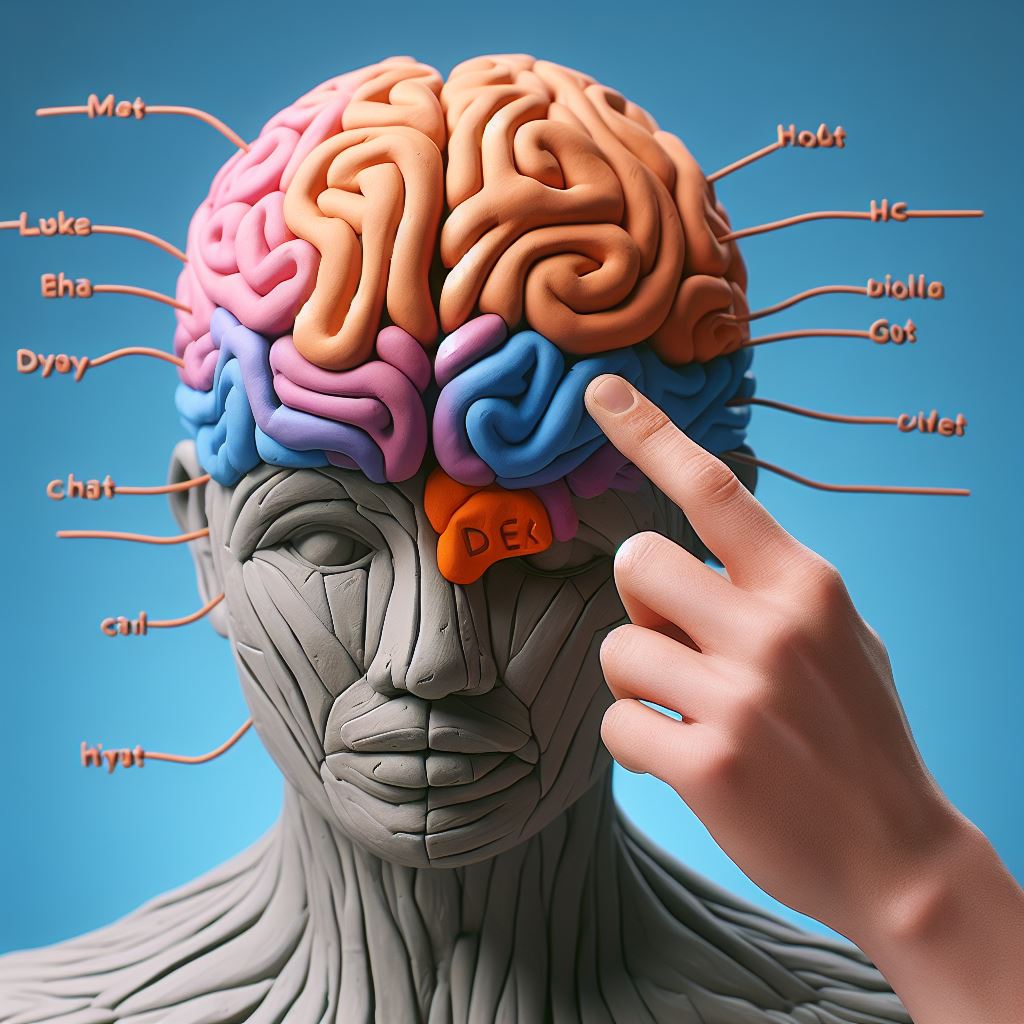Yale University research by Sally Shaywitz, MD and Bennett Shaywitz, MD
Yale University MRI research Dyslexia
Neurodiversity Helen Taylor
Dyslexia, a multifaceted learning disorder, has traditionally been linked to brain irregularities that impact reading abilities. However, emerging research questions this viewpoint. Dyslexia is now understood in the context of genetic factors, cognitive variations, and the influence of parental heritage.
When one parent has dyslexia, there’s approximately a 33% chance that their child will also have dyslexia.
If both parents have dyslexia, the likelihood increases to around 66%.
Interestingly, even if neither parent has dyslexia, but a grandparent does, it can still be passed down through the family line.
Many parents recognize the same struggles they faced during their own school years in their children. Sometimes, parents who weren’t tested for dyslexia themselves later discover that their child exhibits similar difficulties. Testing and diagnosis play a crucial role in understanding and supporting individuals with dyslexia.
The Brain Circuitry: Using brain scans, scientists discovered that dyslexic individuals have disruptions in specific brain connections. These disruptions can make certain brain areas either too active or not active enough.
Dyslexia is real—it’s not just in someone’s imagination. It’s a genuine condition that impacts how people process written information.
People with dyslexia may be born with it due to genetic factors. Interestingly, brain injuries (like strokes or surgery near the left ear) can also lead to dyslexic symptoms. However, those with genetic dyslexia benefit from compensatory mechanisms that others don’t have.

Neurodiversity is a beautiful concept that celebrates the uniqueness of our brains. Just like a diverse ecosystem benefits from different species, our collective human experience thrives because of the varied ways our brains process information.
Here’s the essence of neurodiversity:
Brain Variability: Every brain is wired differently. Our neural pathways light up in distinct patterns, shaping our abilities and challenges. It’s like a symphony of individual instruments playing together.
Strengths and Struggles: Just as some people excel at basketball while others thrive in art or music, our brains have specialized talents. Embrace your strengths—whether it’s visual thinking, problem-solving, or creativity.
Text Isn’t Everything: If text feels like a puzzle sometimes, remember that you excel in other dimensions. Visualizing concepts, understanding 3D structures, and connecting ideas—these are your superpowers!
Neurodiversity Benefits All: Our collective strengths—whether linguistic, mathematical, artistic, or spatial—contribute to humanity’s progress. We need each other’s unique perspectives to thrive.
Celebrate your brain’s quirks. You’re part of a magnificent mosaic—a testament to the richness of human experience!
Learn More: If you’re curious, check out the original research from Yale by Sally Shaywitz, MD and Bennett Shaywitz, MD: Brain Scans Reveal Disruption in the Neural Circuitry.
Yale University research by Sally Shaywitz, MD and Bennett Shaywitz, MD
Yale University MRI research Dyslexia
Neurodiversity Helen Taylor
EMAIL
Contact page
info@dyslexiefont.com
PHONE
(we are in the Netherlands)
NL: +31 (0)20 820 41 37
UK: +44 2033 180 058
USA: +1 540 227 64 84
DYSLEXIE FONT IS PATENTED COPYRIGHT © 2024 DYSLEXIE FONT B.V. ALL RIGHTS RESERVED. DESIGN BY DYSLEXIE FONT